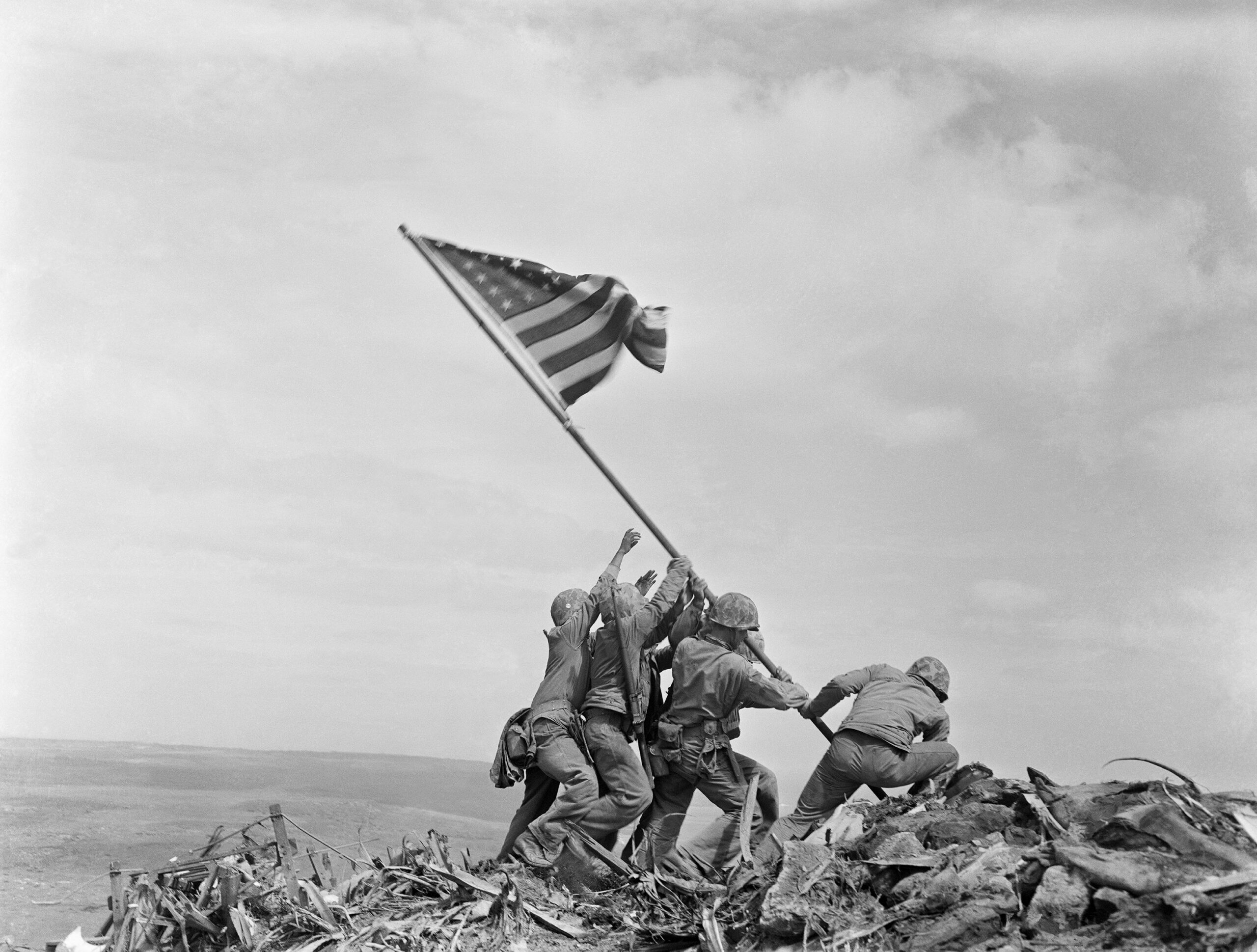The Iwo Jima flag raising in 1945 is one of the most iconic and significant events in US military history. The flag-raising took place during the Battle of Iwo Jima in World War II, and it symbolized the courage, determination, and sacrifice of the American soldiers who fought in that battle.
The Battle of Iwo Jima was a pivotal moment in the war, and it was critical for the United States to secure the island as a base for military operations against Japan. The battle was one of the bloodiest of the war, with more than 6,800 American soldiers killed and 19,000 wounded.
The raising of the American flag on Mount Suribachi, the highest point on the island, was captured in a photograph by Associated Press photographer Joe Rosenthal. The photograph quickly became a symbol of American triumph and patriotism, and it was widely reproduced in newspapers and magazines throughout the country.
The photograph and the flag-raising became a rallying point for the American people, and it helped to boost morale on the home front. It also served as a reminder of the sacrifices made by American soldiers in the war and the importance of the fight against tyranny and oppression.
In addition to its symbolic value, the Iwo Jima flag raising also had practical significance for the American military. It signaled that the island was secured and gave the soldiers a much-needed boost of confidence and determination to continue the fight against Japan.
The Iwo Jima flag raising in 1945 is an important event in American history that symbolizes the courage and sacrifice of American soldiers in World War II. The photograph of the flag raising is a powerful symbol of American patriotism and triumph, and it serves as a reminder of the sacrifices made by American soldiers in defense of freedom and democracy.
